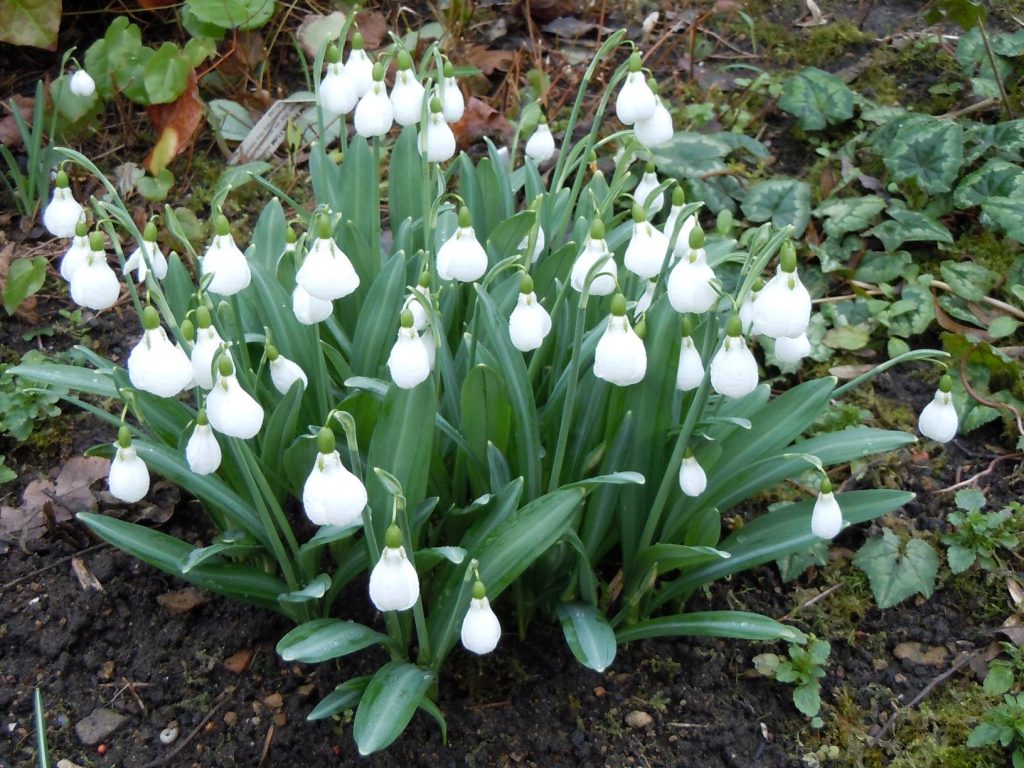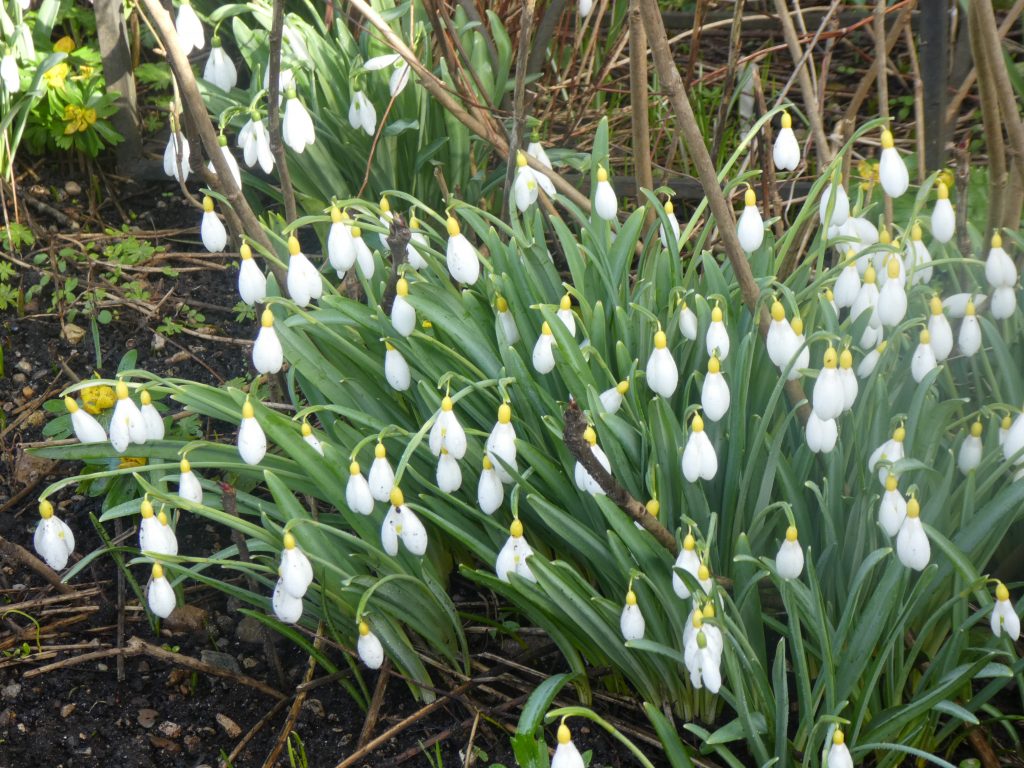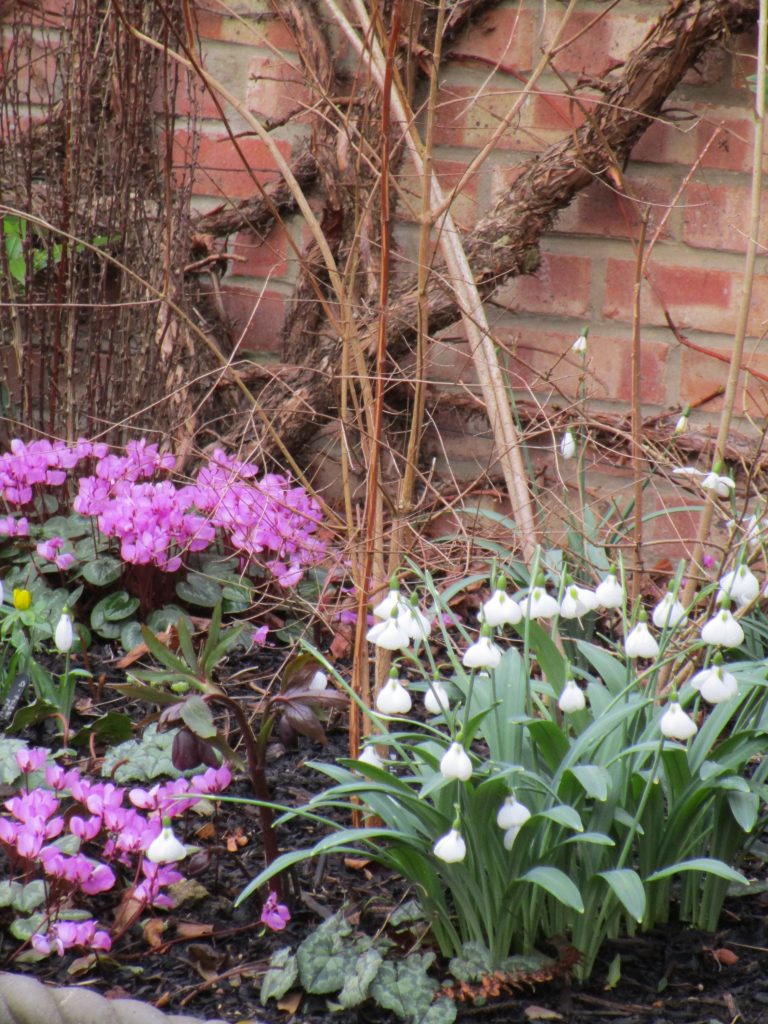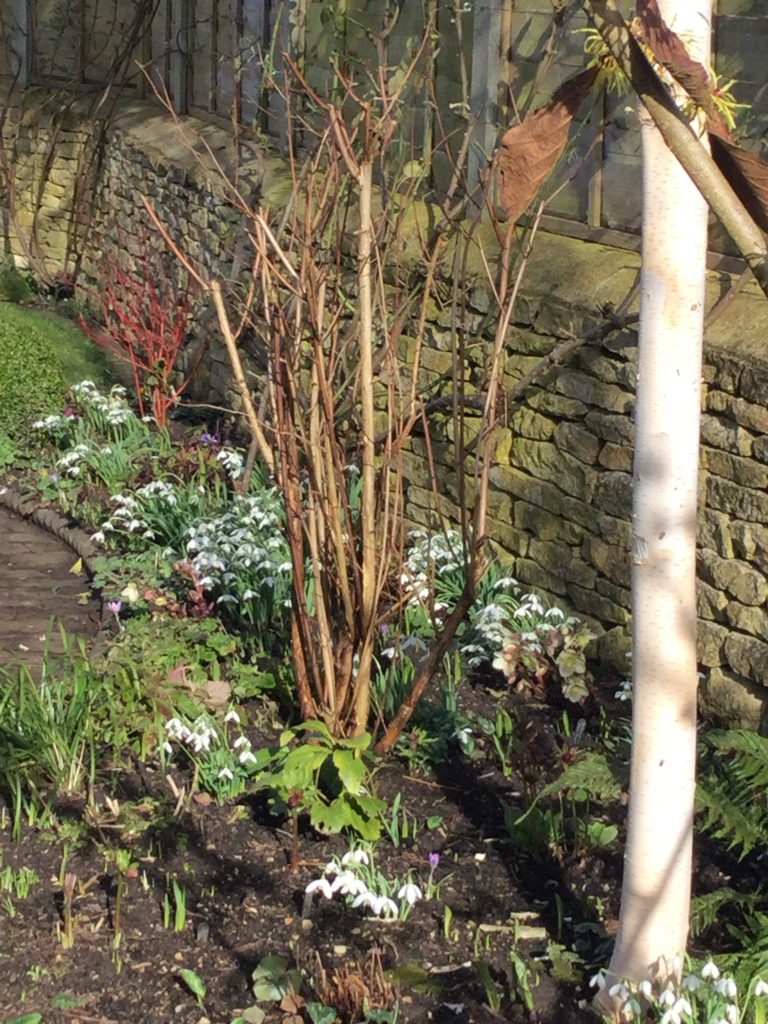In anticipation of snowdrops
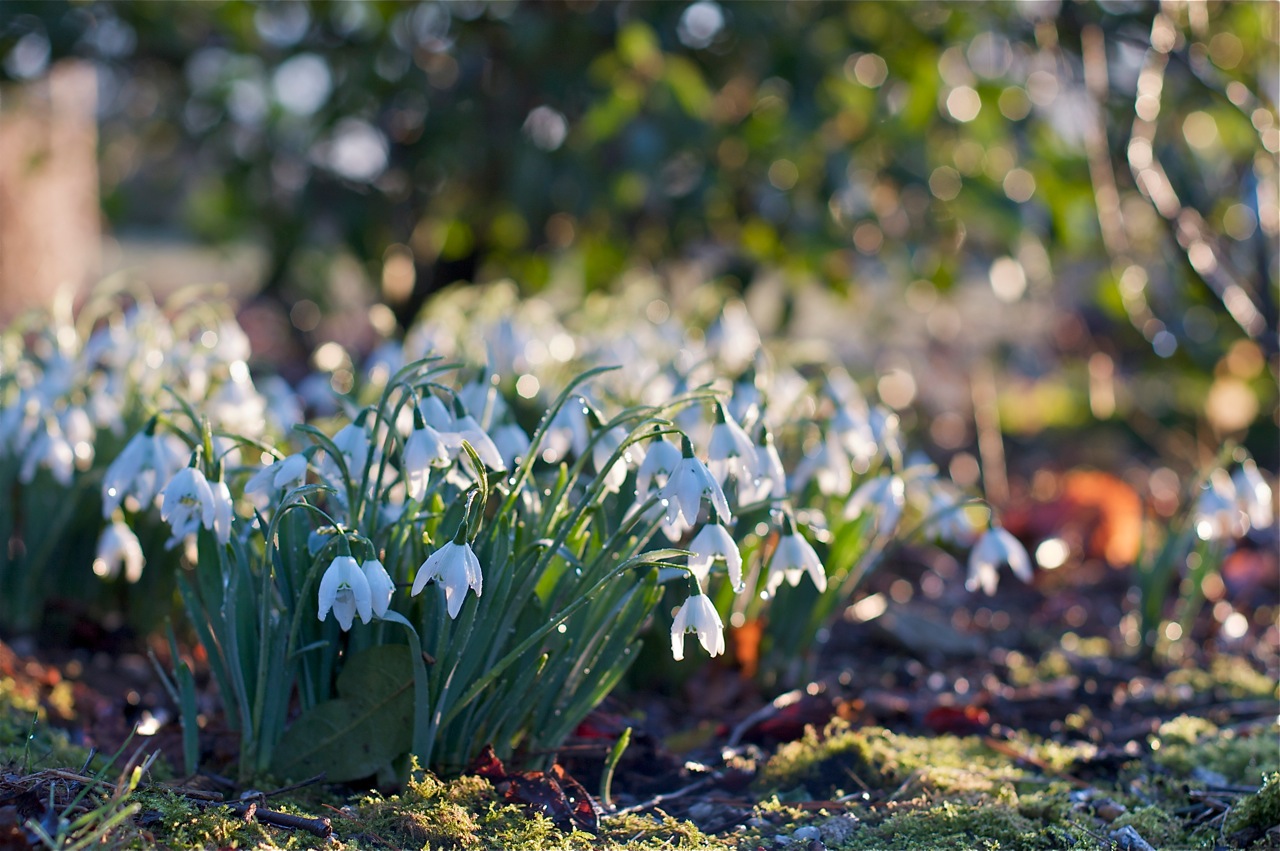
Garden owner Avril Hughes has been fascinated by snowdrops ever since a friend bought her a selection over ten years ago. Here, she shares her excitement and insights for the snowdrop season ahead…
On a cold, crisp, sunny winter day snowdrops cheer any garden or park, igniting the hope that spring is just around the corner. Large parks, gardens and churchyards can be places to roam through, enjoying large swathes of nodding snowdrops, and the vistas of these can be breath-taking. However, most of us have more modest spaces, in my case a small Edwardian Garden.
Wanting to enjoy the view from our windows I set out to create a garden for all seasons and thus began an obsession with collecting snowdrops. Mid-January arrives and I fizz with excitement and anticipation. Sales of snowdrops, visits to snowdrop gardens, talks, meeting with friends only seen in snowdrop season, lunches and snowdrop swaps fill the February diary.
My obsession began when a friend brought me a selection of snowdrops (Galanthus) to start my collection over ten years ago. Many are named after well-known Galanthophiles such as Margery Fish, and today I have a collection of about one hundred and forty varieties.
- Galanthus Diggory
- Galanthus Spindlestone Surprise
What to start your collection with
It’s almost impossible to say which are my favourites, but these are some easy varieties to start a collection and all look very different:
- Diggory – looking like a puff ball skirt with puckered outers
- Lady Beatrix Stanley – a double which looks as if she has opened, even on the greyest of days. A common snowdrop that bulks up quickly.
- Godfrey Owen – with six inner and six outer segments, it looks like a helicopter on a sunny day
- Alan’s Treat – technically called poculiformis (inside and outside segments the same length, named after the snowdrop supplier and wonderful nurseryman, Alan Street, looks like a narrow lampshade with green markings on the outside, and is possibly my favourite
- Rosemary Burnham – flushed green on the outside, can be difficult to grow
- Green Tear – almost completely green, once established creates a good clump.
No collection would be complete without a ‘yellow ovary and inner perianth marked’ snowdrop, and the easiest is possibly Spindlestone Surprise. Although there are now many more ‘yellow’ snowdrops this one creates a good clump and seems easy to grow in the garden.
Early bloomers
As I look out of my window in late November the early blooming snowdrops are already performing with names such as Faringdon Double, Peter Gatehouse and Three Ships, a very handsome early snowdrop.
Putting them in pots
Some collectors display Galanthus in clay pots. This is more specialist but has the advantage that they are easy to see in detail and to keep track of where they are. Another method is to sink aquatic pots of different varieties into the flower beds onto sand beds. The main advantage of this is that you are not likely to accidently dig them up and it’s easy to split them when they are overgrown. My snowdrops are grown directly in the garden with a black label in front of the clump to warn me not to dig behind! Most are very easy to grow, and I like my natural woodland garden. This is an old vegetable plot with free draining loam and they are very happy there. All snowdrops like sunshine in the winter, some needing more than others, and most grow happily under deciduous trees and shrubs.
Suitable companions
Of course, a garden needs suitable companions for such wonderful treasures. Think of the Witch Hazels, Cornuses, Daphnes, and in my garden the large Edgeworthia which perfumes the entire garden. The advantage of winter flowering shrubs is that the strong scent and blooms of many last a long time and attracts the pollinators. At ground level Hellebores, Aconites and the diminutive Iris Reticulata create a tableau to make walking through the garden a joy, whatever the weather.
- Diggory with Cyclamen Coum
- Lady Beatrix Stanley
Pests and diseases
Snowdrops are mostly trouble free and rarely suffer from pests and diseases. They can get viruses or suffer from Stagonospora, which shows on the leaves as red/brown marks. In both cases I dig up the clump and destroy them, not replanting in the area for several years.
Narcissus fly or Swift moth can occasionally be pests, but so far the only problem I have had is pigeons pecking the pristine plants!
Join the Galanthophiles
Visiting a garden with a collection means getting up close to the snowdrops, talking to owners about their experiences and sharing knowledge – something all Galanthophiles are happy to do.
So come January and February, whether your preference is for a large expanse of snowdrops to walk through (also a favourite of mine) or a more personal look at collections and partner planting, there will be gardens near to wherever you are for your enjoyment.
Discover the snowdrop and spring flower gardens opening for the National Garden Scheme by clicking here

Snowdrops, the fragile harbingers of spring. Photo: Val Corbett





